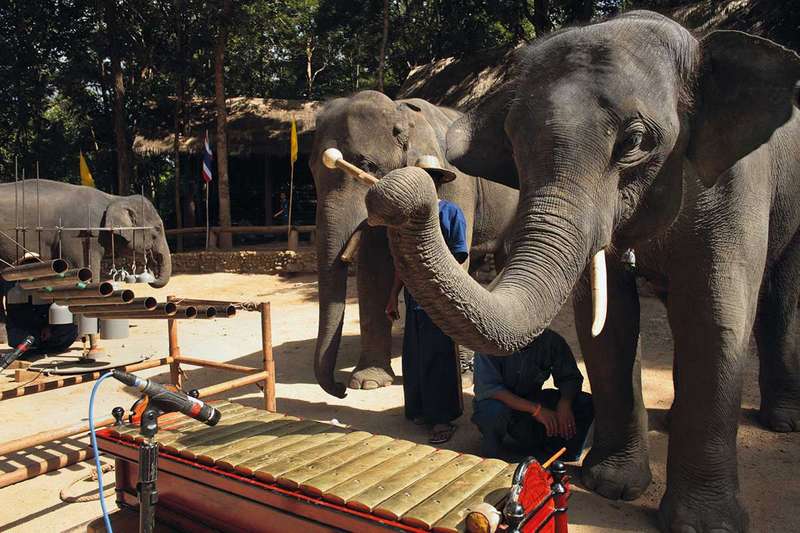
Reading The Evolving Animal Orchestra: In search of what makes us musical by Henkjan Honing for New Scientist, 6 April 2019
The perception, if not the enjoyment, of musical cadences and of rhythm,” wrote Darwin in his 1871 book The Descent of Man, “is probably common to all animals.”
Henkjan Honing has tested this eminently reasonable idea, and in his book, The Evolving Animal Orchestra, he reports back. He details his disappointment, frustration and downright failure with such wit, humility and a love of the chase that any young person reading it will surely want to run away to become a cognitive scientist.
No culture has yet been found that doesn’t have music, and all music shares certain universal characteristics: melodies composed of seven or fewer discrete pitches; a regular beat; a limited sequence of rhythmic patterns. All this would suggest a biological basis for musicality.
A bird flies with regular beats of its wings. Animals walk with a particular rhythm. So you might expect beat perception to be present in everything that doesn’t want to falter when moving. But it isn’t. Honing describes experiments that demonstrate conclusively that we are the only primates with a sense of rhythm, possibly deriving from advanced beat perception.
Only strongly social animals, he writes, from songbirds and parrots to elephants and humans, have beat perception. What if musicality was acquired by all prosocial species through a process of convergent evolution? Like some other cognitive scientists, Honing now wonders whether language might derive from music, in a similar way to how reading uses much older neural structures that recognise contrast and sharp corners.
Honing must now test this exciting hypothesis. And if The Evolving Animal Orchestra is how he responds to disappointment, I can’t wait to see what he makes of success.
